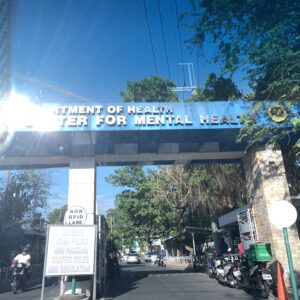
The Silent Killer: Mental Health Issues in the Philippines
In the Philippines, the conversation around mental health has long been muted by stigma and misunderstanding. Yet, the stark reality of mental health issues, particularly among the youth, has become too pressing to ignore. The World Health Organization (WHO) estimates that approximately 3.6 million Filipinos are grappling with mental, neurological, or substance use disorders[4]. The Department of Health (DOH) underscores this concern, noting that mental illness ranks as the third most common disability in the nation, with six million Filipinos living with depression and anxiety[16]. Alarmingly, suicide attempts among Filipino students are high, with one in ten having made a serious attempt[7], a figure that has surged amidst the COVID-19 pandemic[19].
The stigma attached to mental health is a formidable obstacle. It manifests in various harmful beliefs: mental illness is a family issue to be hidden, recovery is either impossible or guaranteed, and chronic conditions should quickly resolve[5][16]. These misconceptions breed discrimination and deter individuals from seeking the help they need, allowing mental health problems to deepen.
In my own experience, the stigma is palpable. Conversations about mental health are often met with discomfort or outright avoidance. I’ve witnessed friends and family members struggle in silence, fearful of being labeled or judged. This reluctance to seek help is a significant barrier to treatment and recovery.
Access to mental health services is another critical issue. With less than one mental health worker per 100,000 people[4], and psychiatric services concentrated in urban centers, those in rural areas face a stark disparity in care[12]. The financial burden of treatment further complicates access, with 40% of mental health providers identifying cost as the primary barrier to care[13]. Stigma-related concerns, such as fear of being perceived as “crazy” or weak, add another layer of complexity, with over 30% of Filipinos citing these as reasons for not seeking help[13].
To address this crisis, a comprehensive strategy is essential. The government must step up its efforts by increasing mental health funding, effectively implementing the Philippine Mental Health Act, and launching campaigns to dismantle stigma[4][16]. Healthcare providers and educational institutions should aim to train more mental health professionals, integrate mental health services into primary care, and establish support systems for at-risk students[18]. Employers can contribute by fostering mental health-friendly work environments and providing employee assistance programs.
Families and communities have a role to play as well. By encouraging open dialogue about mental health, offering support networks, and promoting non-judgmental help-seeking, we can shift the cultural narrative towards one of empathy and understanding.
Breaking the silence on mental health in the Philippines is vital to prevent further loss of life to this silent epidemic. By confronting stigma, enhancing care access, and cultivating a culture of support, we can envision a society where mental well-being is a priority, and those in need can seek help freely and without fear[19].

Hello! I am April
...I don't know exactly what a prayer is. I do know how to pay attention, how to fall down. into the grass, how to kneel down in the grass, how to be idle and blessed, how to stroll through the fields, which is what I have been doing all day. Tell me, what else should I have done? Doesn't everything die at last, and too soon? Tell me, what is it you plan to do with your one wild and precious life?
- That Summer Day. Mary Oliver Tweet










